Gregory Manchess
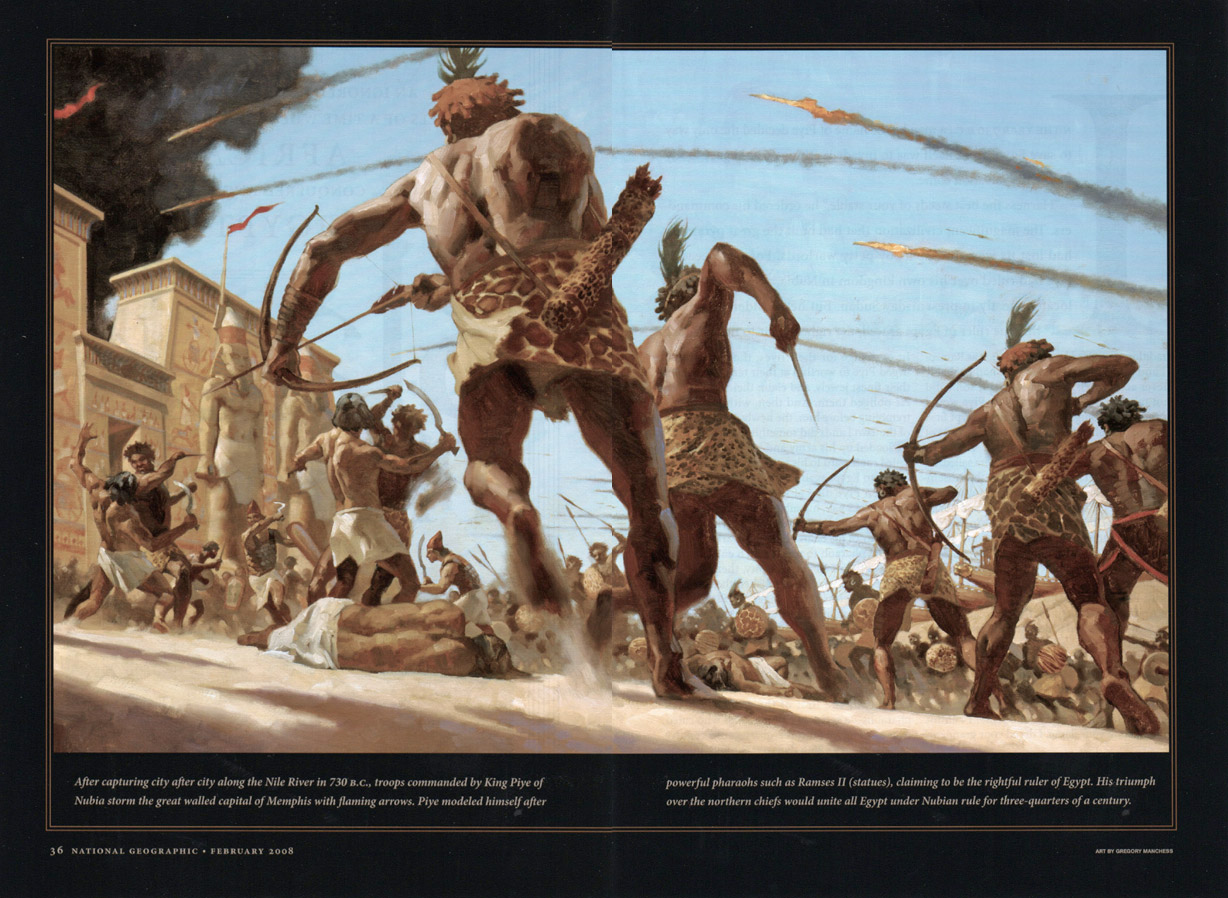
The Black Pharaohs, Part 1
Wednesday, April 6th, 2011
I love working with the National Geographic Society. It tests all of my skills and much of my patience when I work with them, but I can think of no place better to stir my interests as a visual story-teller. That’s what NGS does with their articles about historical times and places: they tell stories about the people that lived there.
I consider it my job to get the reader to be just as excited about the article as the researchers and scientists are about the history they love to talk about. How does someone go about that? While the scientists are thrilled about somebody’s body armor, I’m tasked with the job of putting that armor in context…with excitement.
Years ago, much of the work in NGS reported mostly about what they found. It took great effort to connect those objects with the people that used them. But it focused so much on the objects that the scene itself was left to suffer. When the art director, Jeff Osborn, called me about doing this article entitled, The Black Pharaohs I asked him up front if I could work on finding an exciting pov first, then add the details that the researchers love back into the scene. He wasn’t sure what I meant, but he gave me the go-ahead.
After all, I was going to do a bazillion thumbnails for him to show him what I meant before going ahead with the process of completing the painting. A process that for NGS could take a year and a half. But he informed me that we needed to fast-track this particular assignment, which meant, I had three months.
I was asked to paint three pieces for the story. I’ll skip to the important parts and take you through the first painting, a battle scene at Memphis. The Nubians attacked from the berm along the waterway to the entrance to Memphis, using fire arrows and a surprise attack. Only this time, the shock and awe worked.
I worked up a number of thumbnails, searching for the right point of view to include the entire list of what they wanted to show: Nubian ships pulled up to a large earth berm, the Memphis entrance gate, Nubian soldiers conquering Egyptian soldiers, what they wore, what they carried, how they advanced, burning the city.
I had been looking for something intriguing to put in front of the gate from the beginning, something that said, “Egyptians Live Here” immediately. A statue? Nope, the researchers assured me there were no large statues. Dang.
I decided that I wanted to show the pov of a fallen Egyptian soldier, watching his city be overrun. It could actually be a Nubian fighter, too, watching his comrades conquer the Egyptians, but that’s what I find intriguing: it’s up to the viewer.
Jeff liked it and, after hours of research, helped by researchers at NGS, he asked me to pursue it to a finished pencil. NGS always wants to see a color comp, and this time I took a bit of a digital stab at it. (I got half way before I realized I’d had enough. But they saw enough of where I was going.)
Now the researchers really took it apart, a piece at a time. This is where I’ve learned great patience. Let’s just look at one aspect: the Memphis gate. And oh, by the way, the researchers said, yes indeed, there was a huge statue in front of the gate. Yay! They sent me this….wow! Look at the size of that baby.
For a while, my gate was too large. Then too small. The sketches below show how I changed all the aspects of the gate, but instead of redrawing the pencil every time, I just drew over it with tracing paper.
Then I got the word: wait, there wasn’t just one statue, but two. Even better. And flags.
Hold on. We were wrong about the statue. The shot we sent was
a telephoto shot. It’s more like this; actually about this big:
Meantime, I was also working on the second painting design. As the scientists checked out details on one, I would switch back to another to work on. This took weeks.
Eventually, I was given the go-ahead for finish. Then, they would have at it again, picking over the details of color, light, wind direction, etc. (yes, they even knew the correct wind direction that day.)
The last thing they said was, “should we really have fire arrows?” Jeff came to my rescue on that one by saying basically, ‘are you kiddin’ me?’.


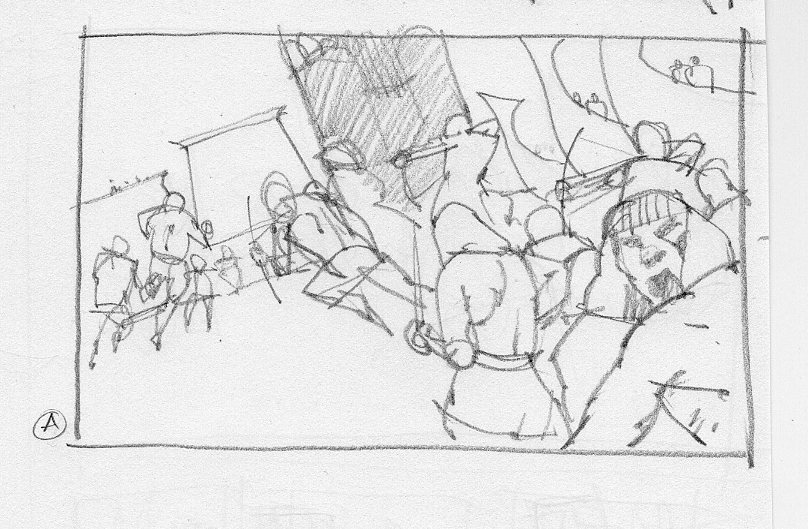
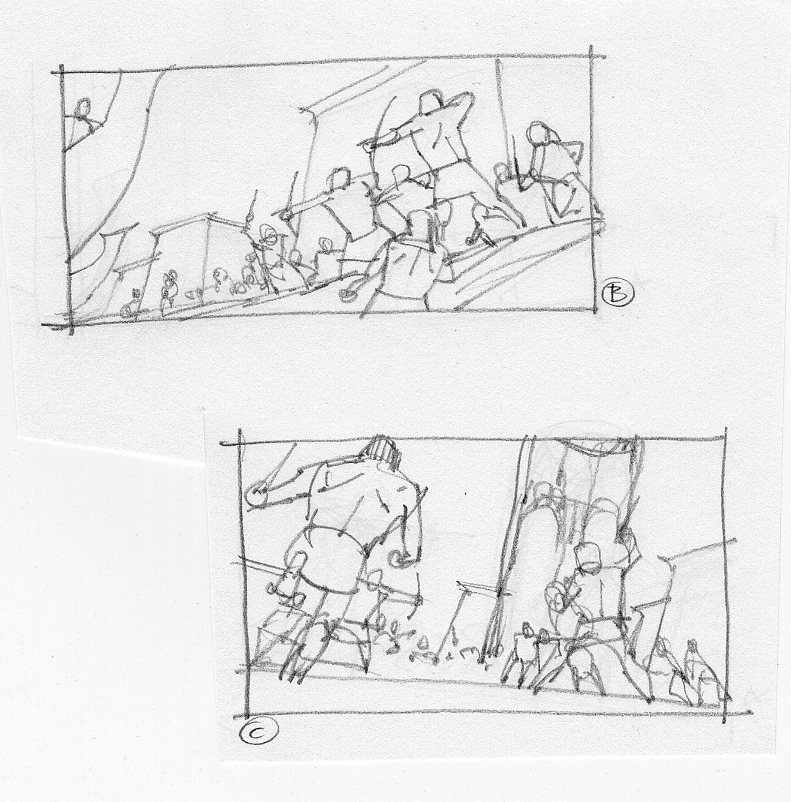
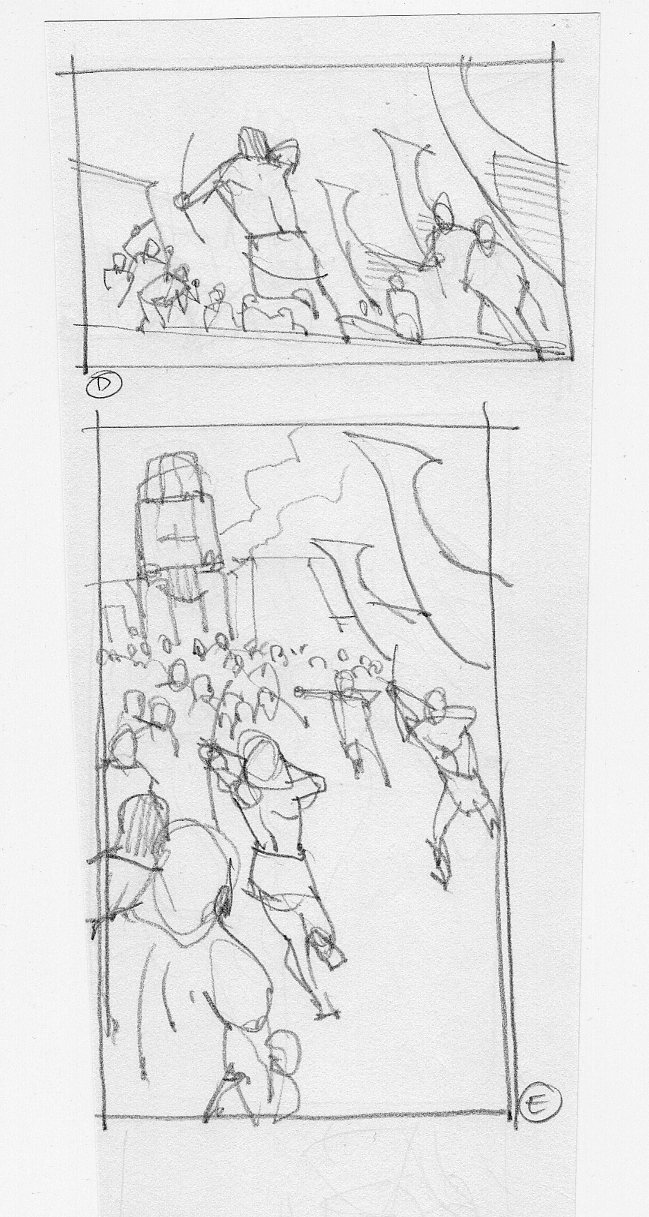
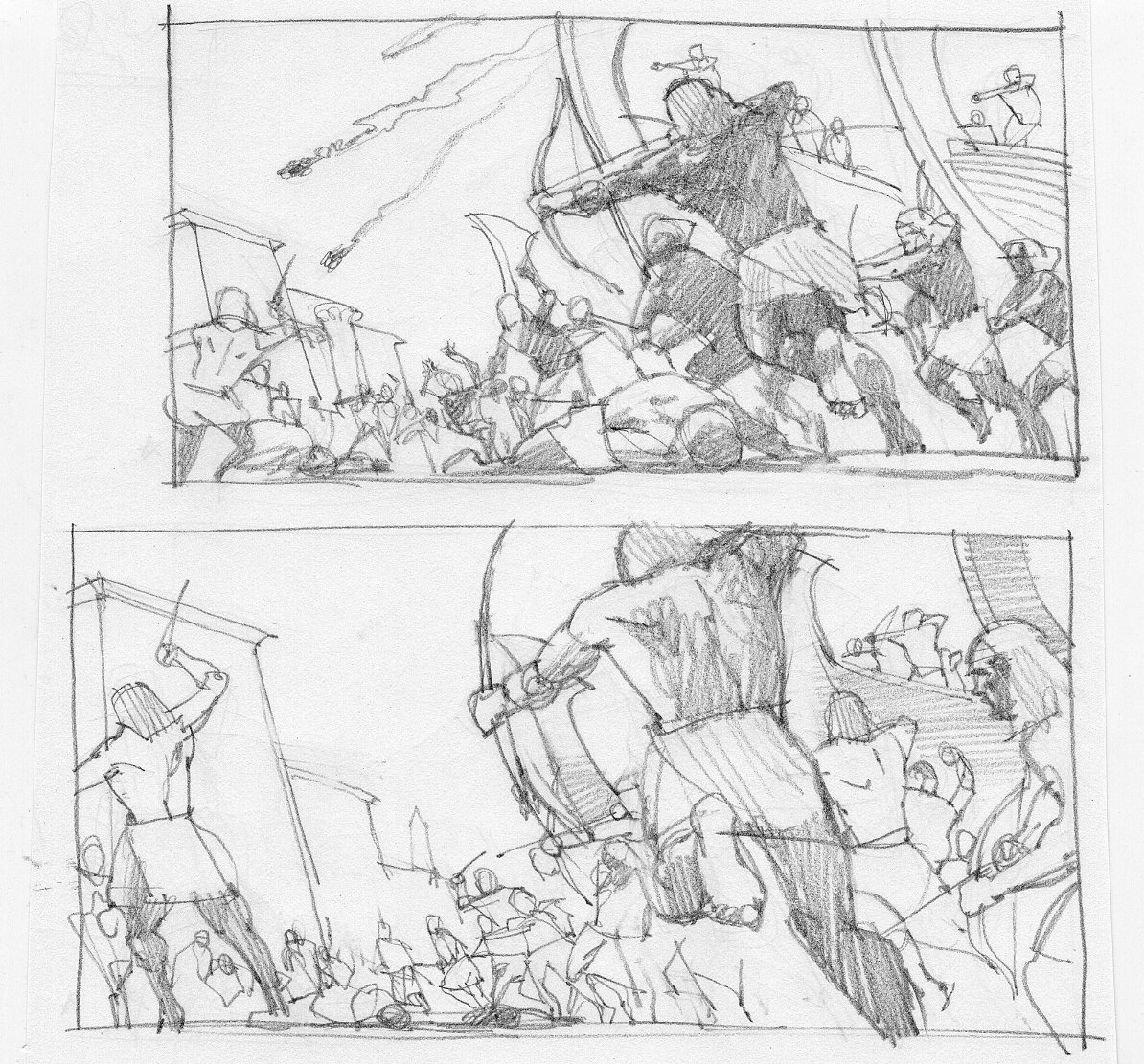
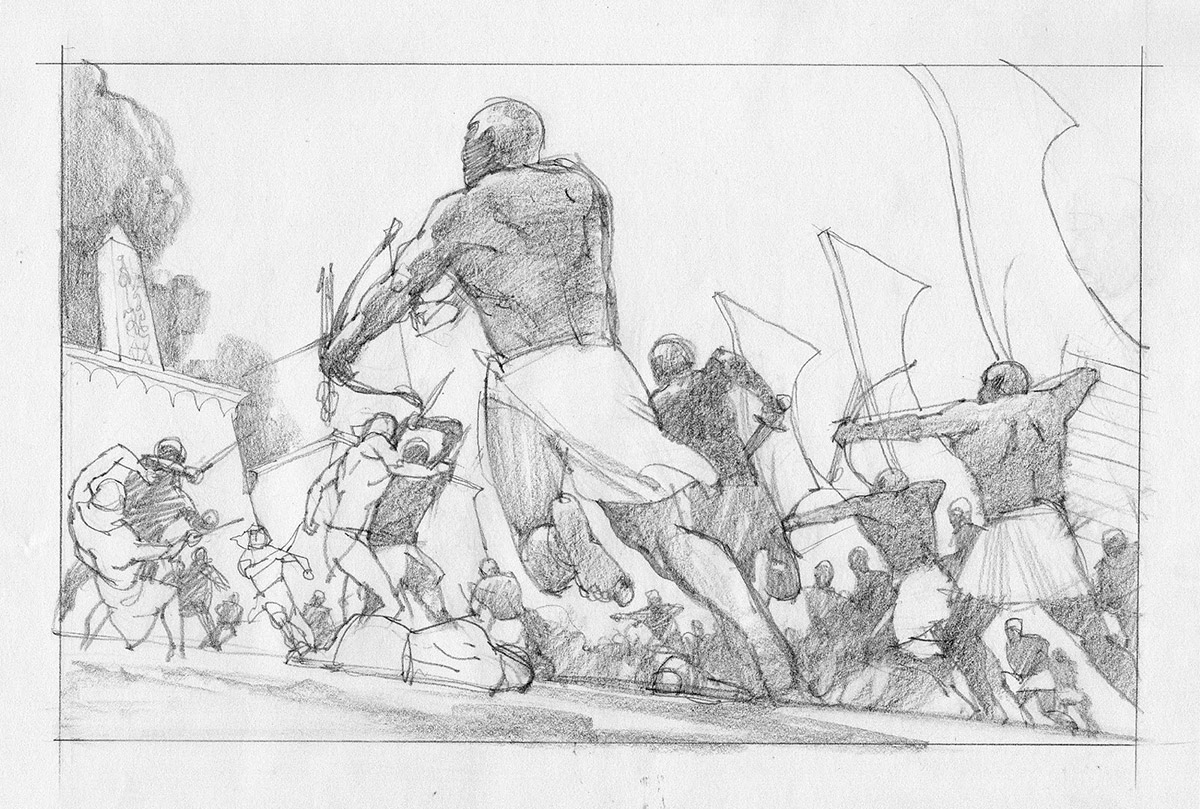
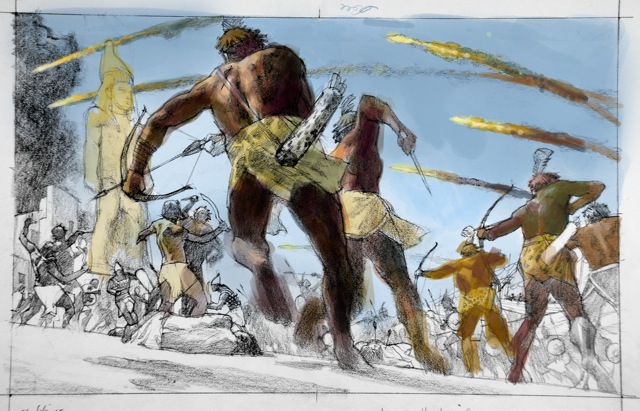
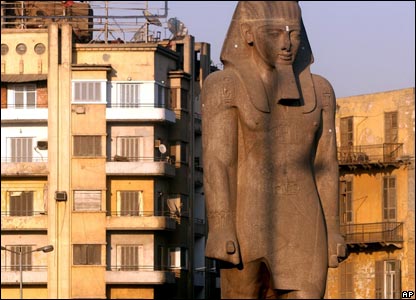
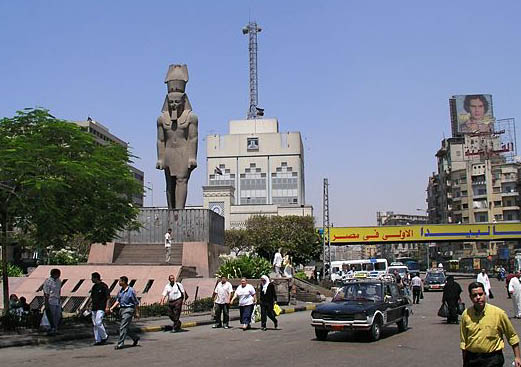
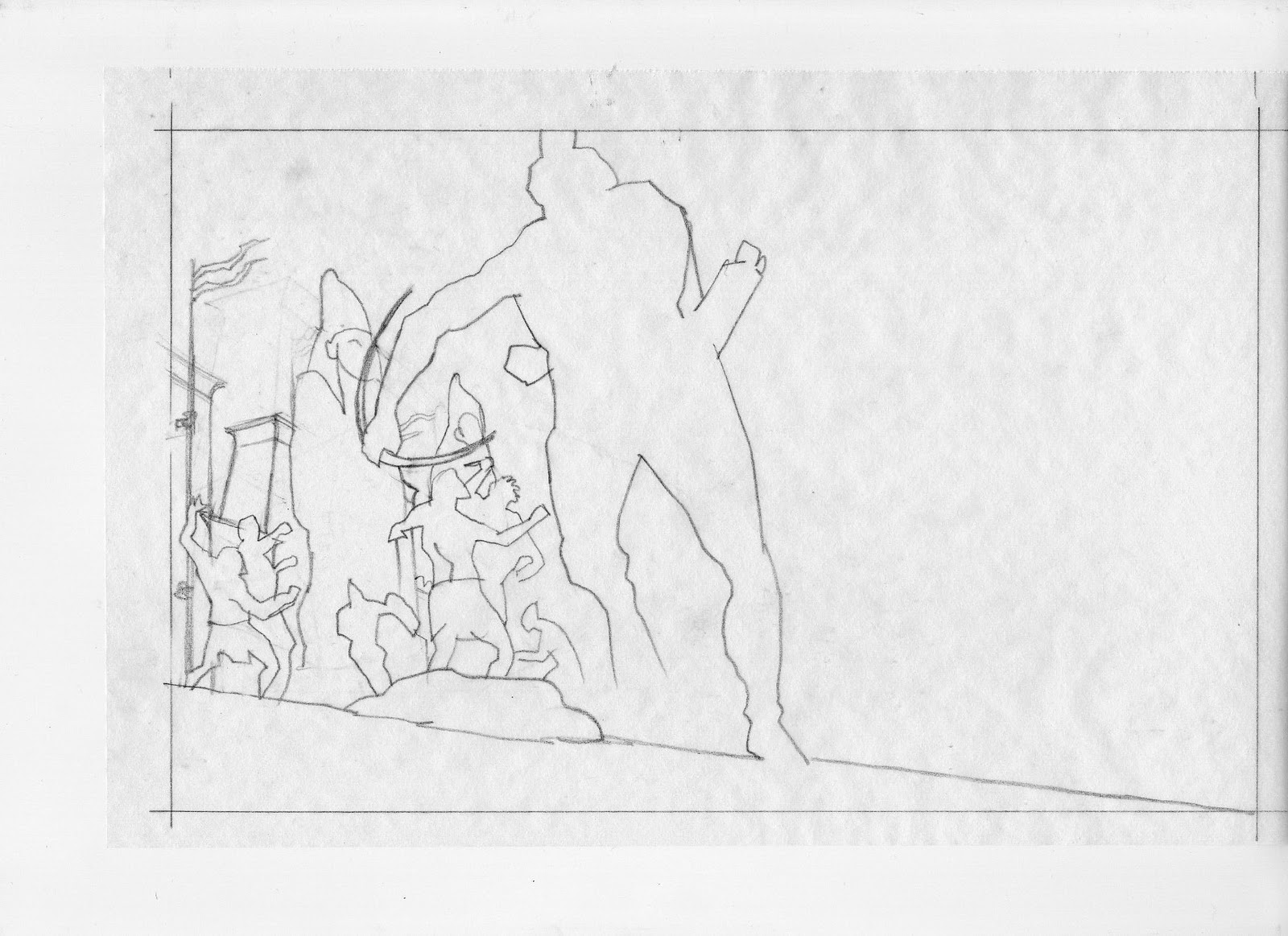
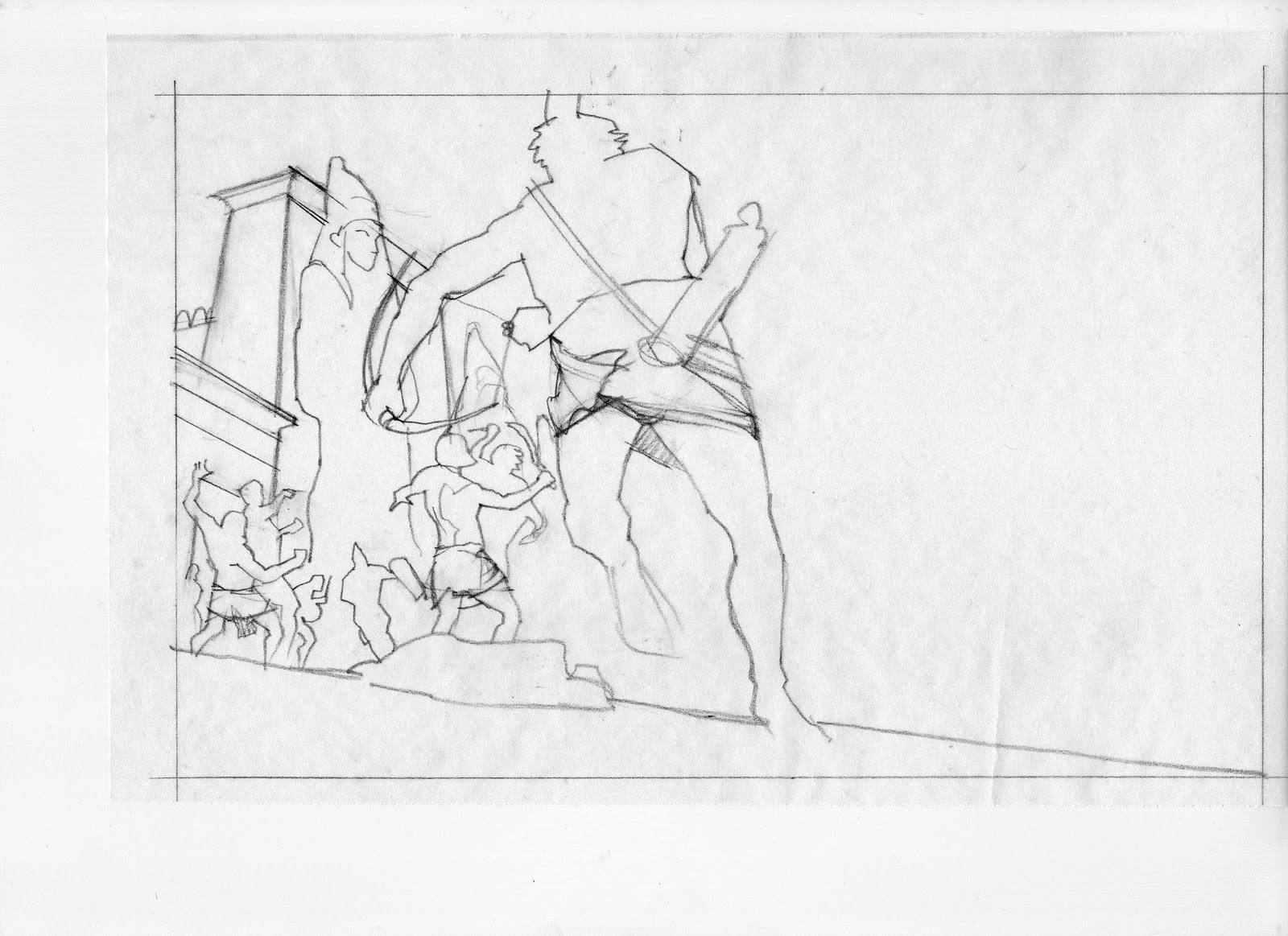
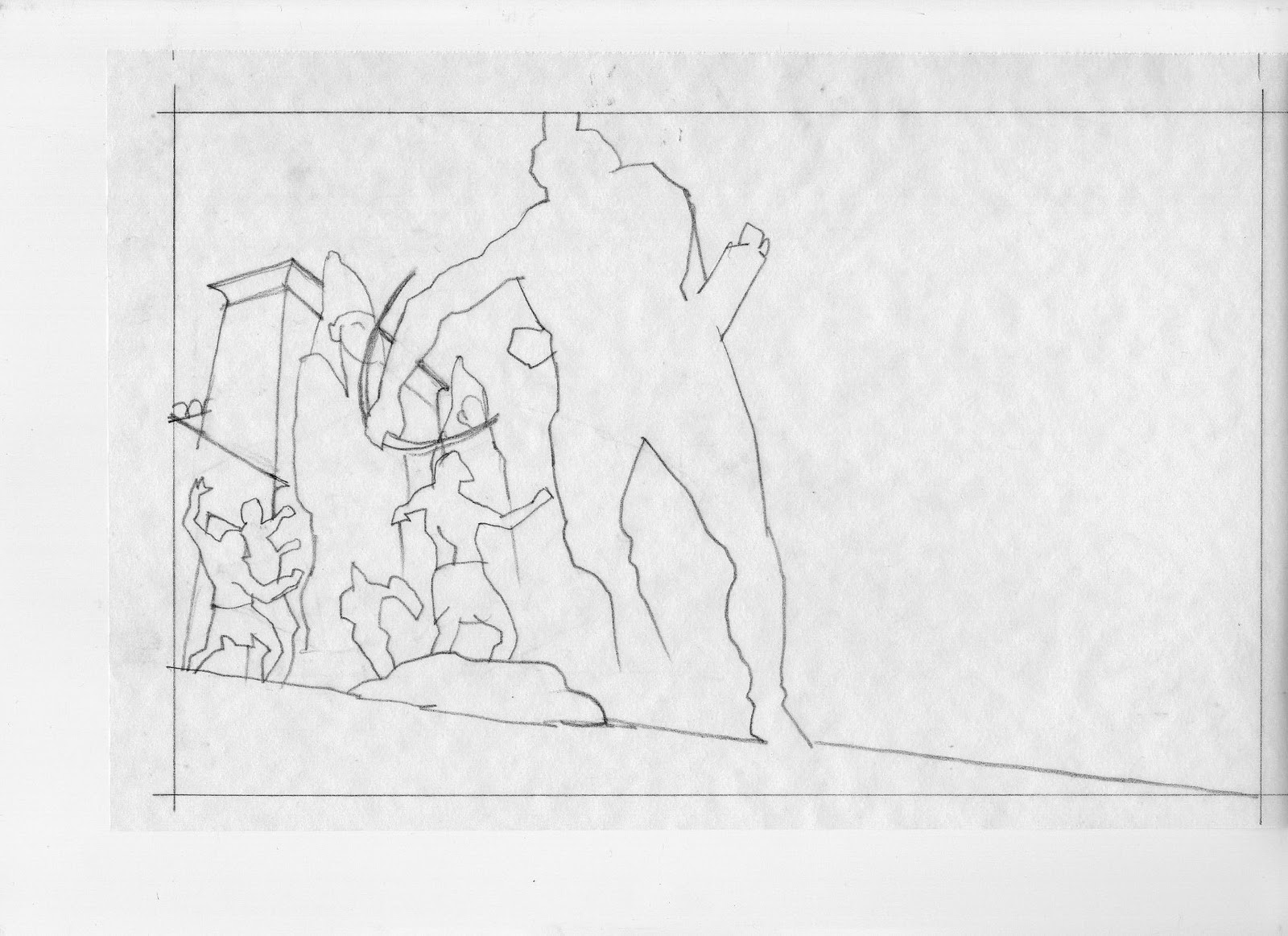
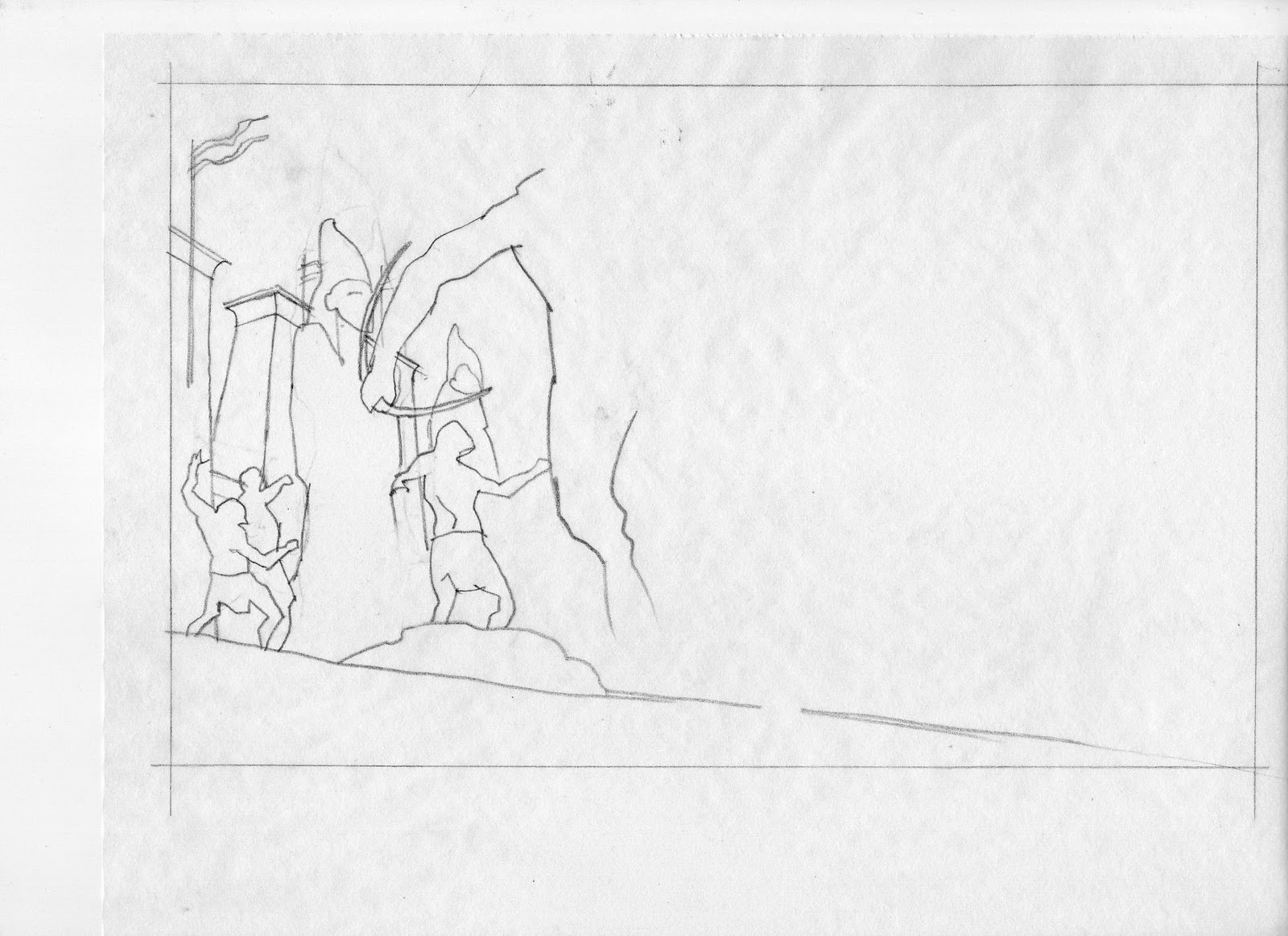
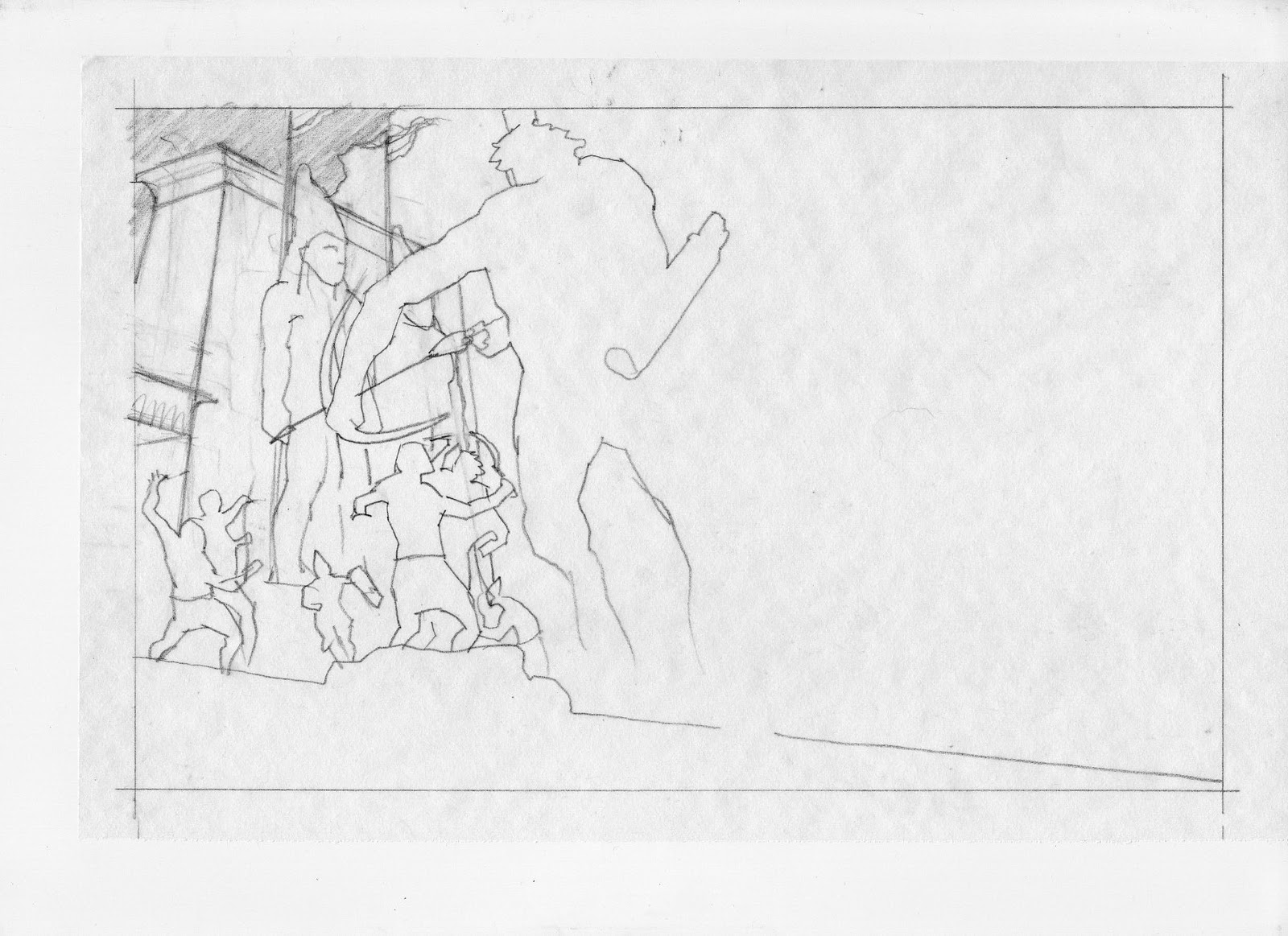
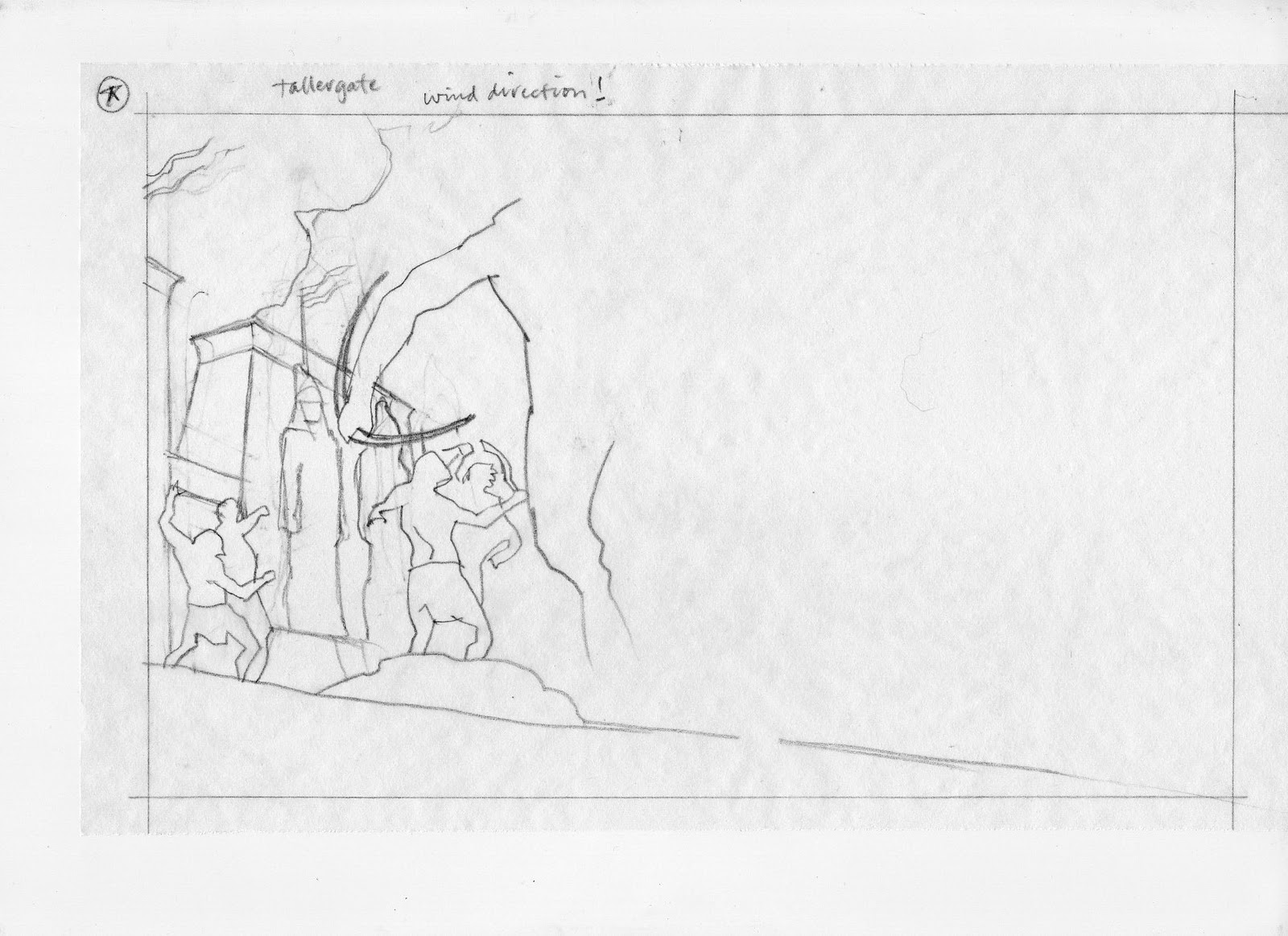
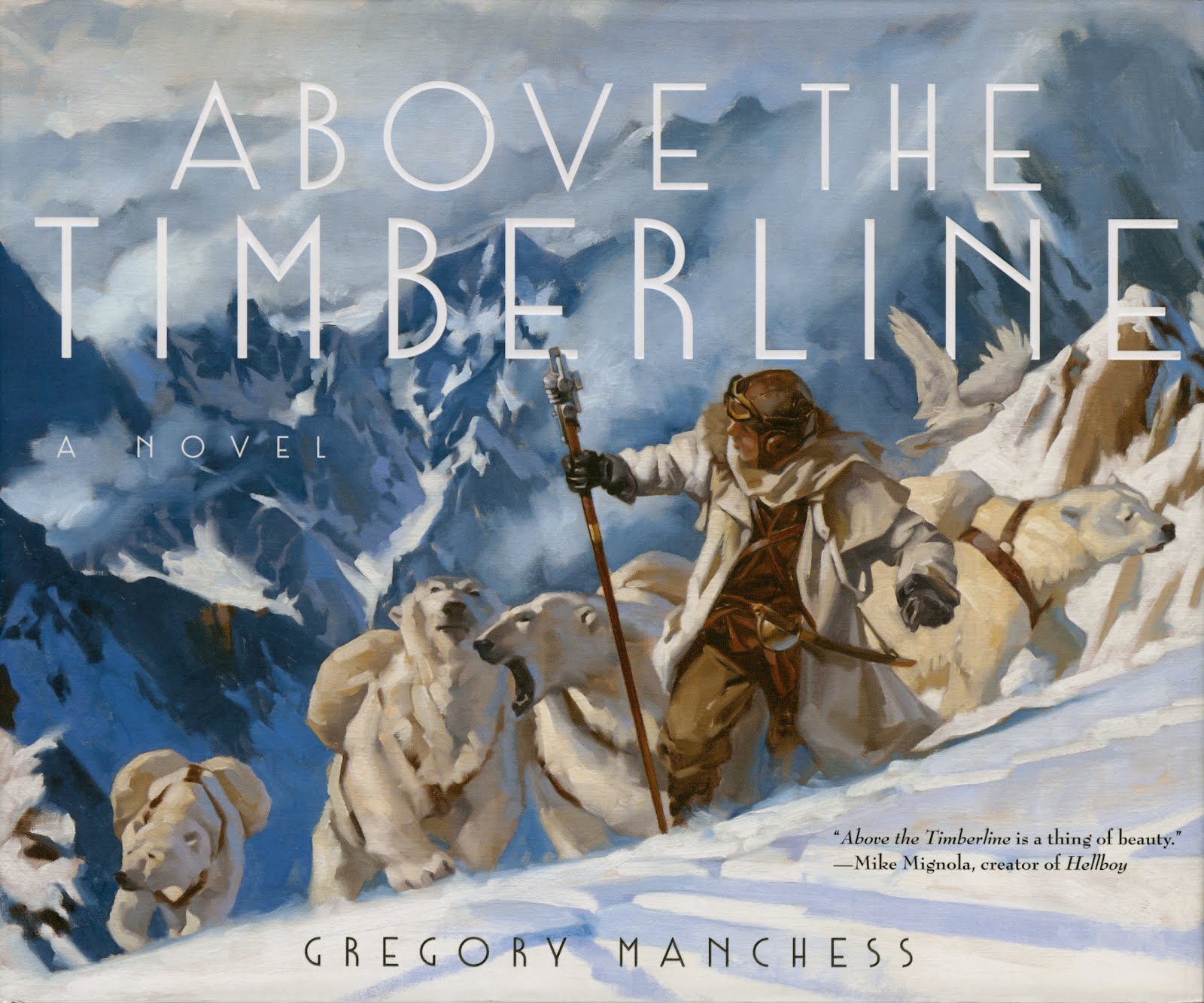
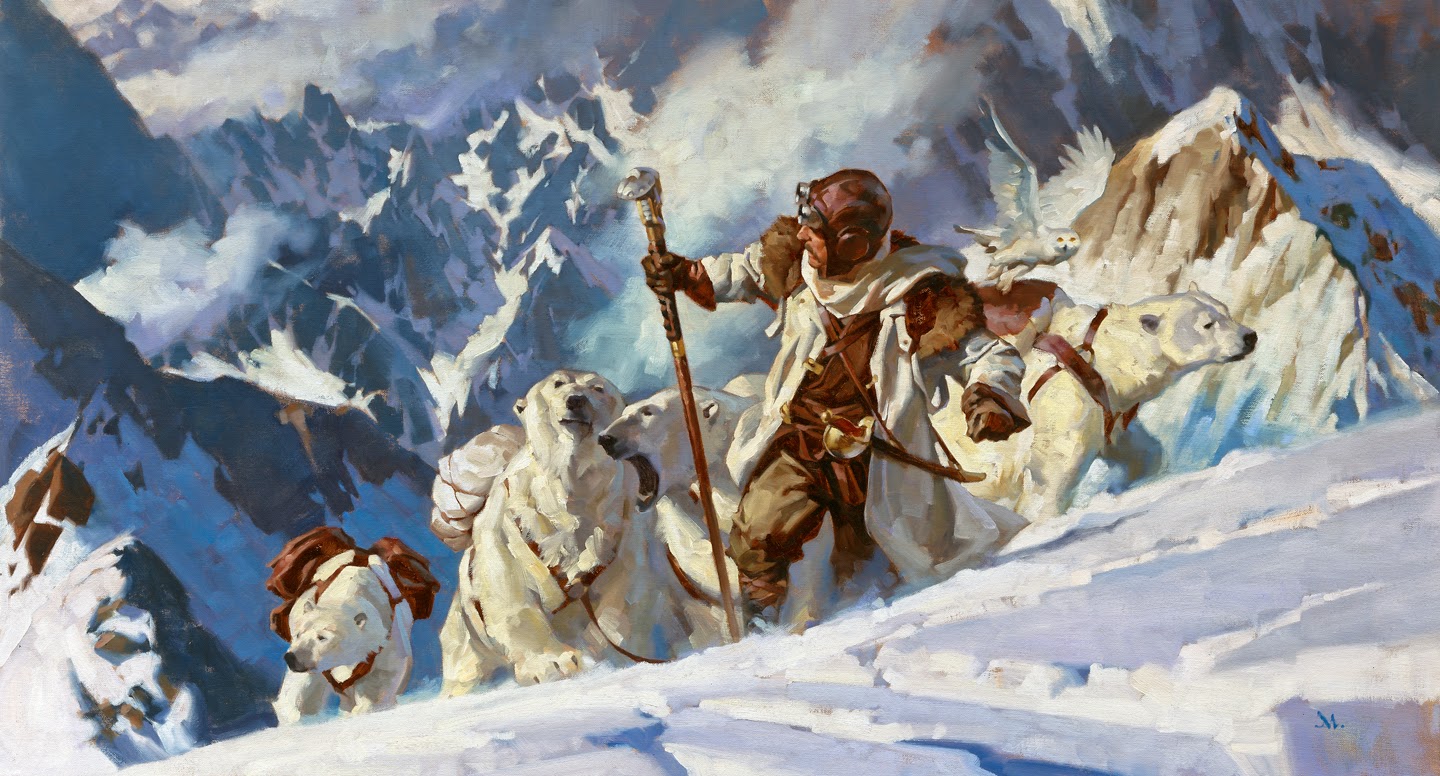
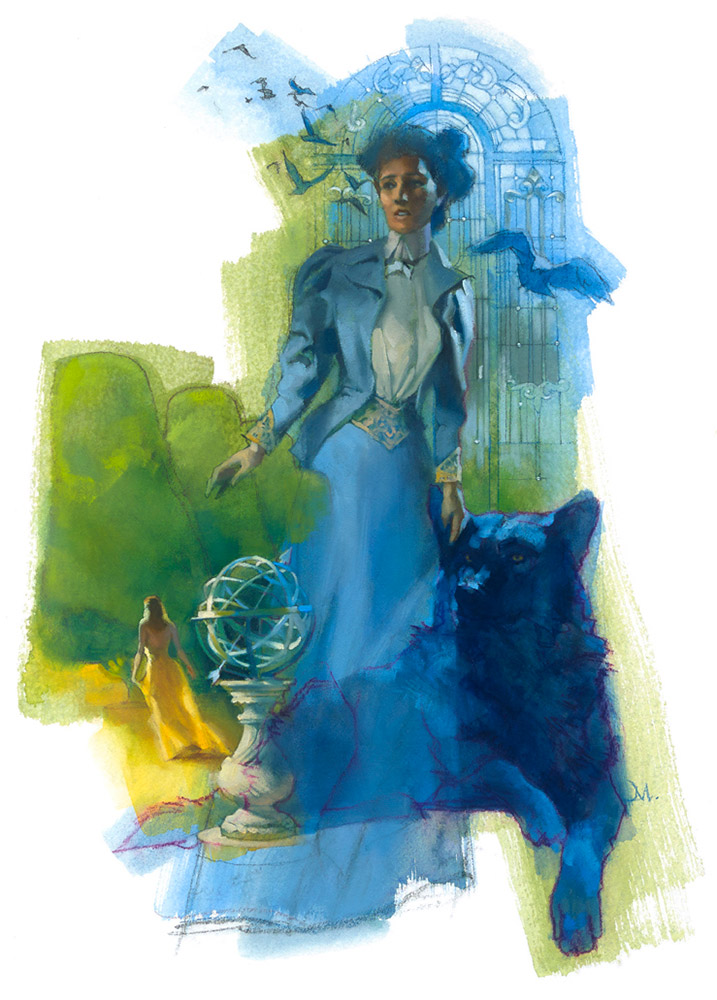
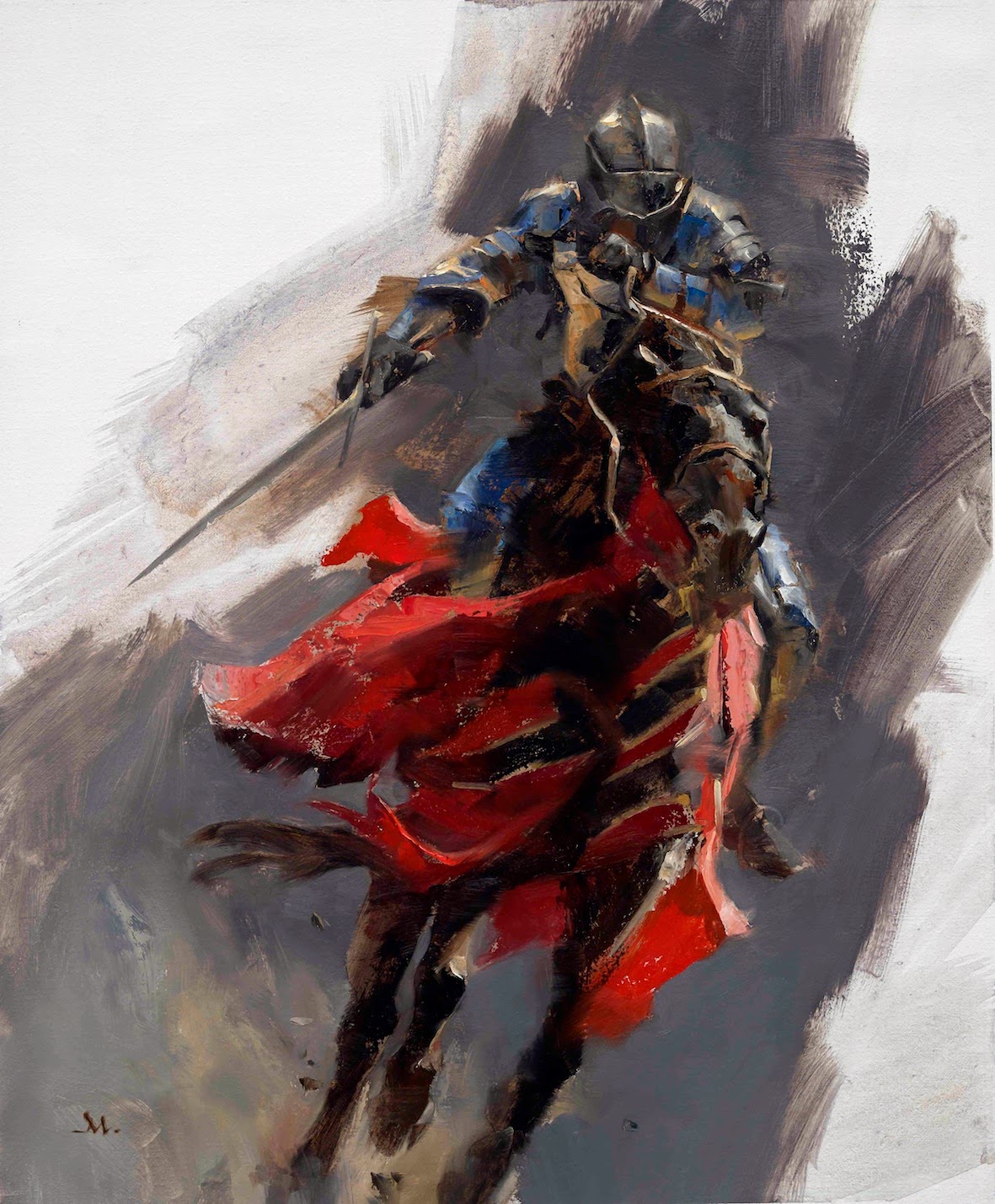
Wow, Gregory, that looks cool. I've only done spot illustrations of teeth, feet etc. for scientific papers, not reconstructed entire scenes from history with the science cops breathin' down my neck! nice work.
“science cops”
Cracked me up, C! Good term. At times they seem just exactly that.
It's really tough work sometimes because the scientists argue and hash these details out, but it seems they always opt for what they can point to without question. This rinses all the drama out, which is probably good in most respects, but also waters down the life of the history they want to enhance.
I tend to want to pick the scene, show how it's much like we are today, then put in the details of what the researchers put together.
For instance, in any battle, soldiers run. This is practical. It's also exciting. Archers pull back dramatically on the bow when they are pressed into fighting for their lives. This adds action.
Sometimes the 'science cops' want to picture a battle as if everyone has a specific line to speak, except they're bad actors and all the guys who are going to die already know where to lay down.
Such realistic anatomy but so full of movement and the strokes appear soooo loose. Man u good 🙂
What an awesome painting, Greg! And thanks for sharing so much inside action on your experience with this one 😉 That last part gave me a good laugh. Talk about super picky! And honestly? Fire arrows sell! haha, Who doesn't like fire arrows? heh
Any chance we can see the shirtless reference shots you took of yourself running?
one word: INCREDIBLE! beautiful work sir
Yeah, I know, Eric: who doesn't like FIRE ARROWS??? (except the Memphis Egyptians, of course….)
And noooo, Scott….I will not share the reference on this one. In fact, I think they're all de-pixeled and de-leted. Smart aleck….
Hey Kim….where'd you go?
Scott, You _really_ don't want to see the pictures of that “sexy tiger” Halloween costume being used as animal pelts in this painting and others.
Wonderful artwork Greg, you must have had the patience of a saint to see this through. I've spent time with archaeologists and most of them say historical details are guesswork anyway – what can you do!? (Visit the fancy dress shop maybe)
Awesome! I have always been amazed at your ability to take lots 'o figures and make them really feel like they are in perspective and in the background. IMHO it's hard to appreciate how difficult that “really” is until you try it.
Greg…I made a comment about the camera angle and the warrior's underthings but then realized you might talk about that in Part II.
And yeah…I'd like to know about your reference for this one too.
As always….in awe.
Awesome Greg! I know exactly what you mean about the researchers. I sit around all day with Egyptologists going back and forth about what was what to no avail. No imagination I tell ya! I'd love to get them to let me paint a reconstructed scene like this for one of our Met publications. I'll surely be passing this along to them saying “See! exciting history!”
the warrior's underthings
There you are, Kim! Naw, I won't be talking about this painting in Part 2. But I did ponder what to do about those underthings. I had considered just making it very dark under there, then I decided to let value indicate the anatomy. Now I wish I had gone with just dark. I was surprised that NGS let it all stay.
“See! exciting history!”
Yeah, Scott….it IS! History is damn exciting, and we should depict past historical moments with all of the passions that we see and feel today. Instead, we seem to want to make the past into some kind of dull role-playing game where everyone fits into a pre-arranged part.
I'm sure the scientists figure that if they make a dramatic assumption about real people being real that they'll be chastised by the science community for it. (as if emotions were created last week.) But in a good way, it keeps the science sharp and hard-won. Ok great! Now let the artists put in all the rest, allowing the two camps to come together and show just how important history IS.
The challenge is worthy, and that's why I stay in it, and work with it, and why I keep practicing patience. Otherwise, there are days when I want to beat my head against the wall, because when I stop it feels so much better.
But working with NGS? The BEST. Other than working with the Smithsonian. They are really fun, too. I may share the first job I ever did with them sometime soon, too. An arctic survival story.
Btw, I made an adjustment to the post earlier today and it whacked out the sequence of changes on the pencils. But at least you see how much they dinked with the details.
As aggravating as it was, it felt like I was there with the guys onsite, trying to evaluate the structure of the city from the ruins. Some real sleuthing.
I so admire those folks. I'd love to do a series on one of the Pre-Columbian cultures. Gorgeous shapes and forms.
Check out Jon Foster's art he did for the Moche article. Stellar.
Thanks for posting this! Great to see the inside workings of an NGS project.
Great stuff. Shame Graceland is just out of view!